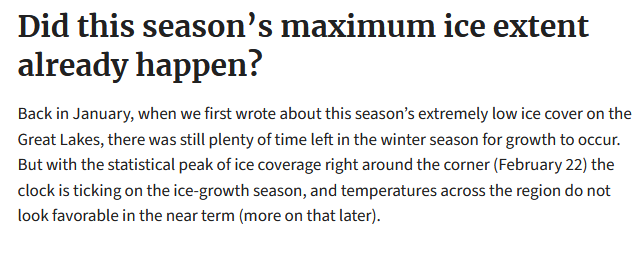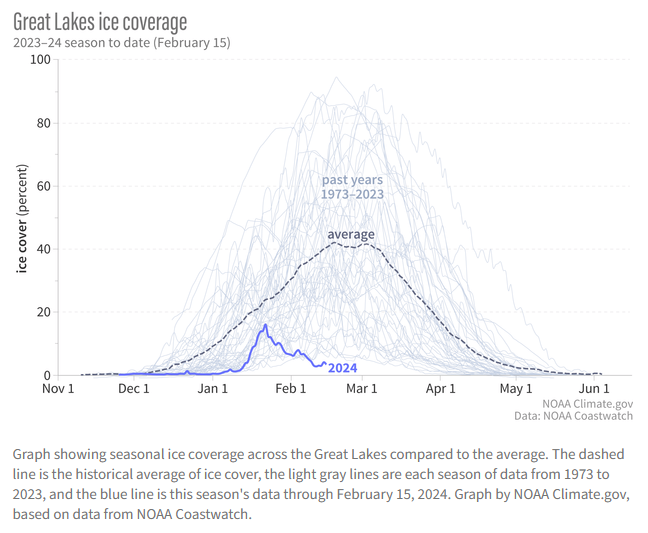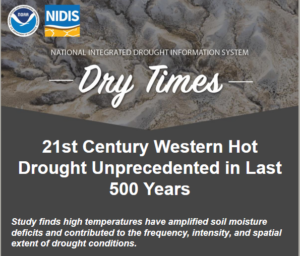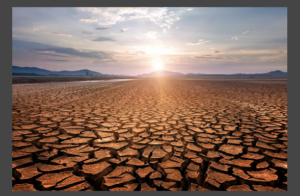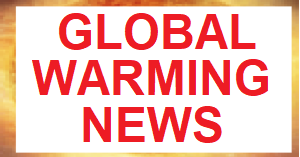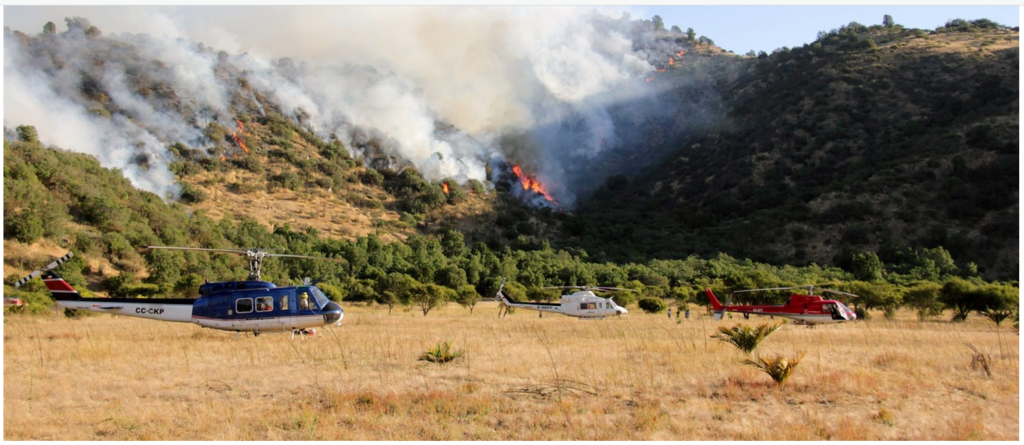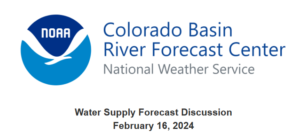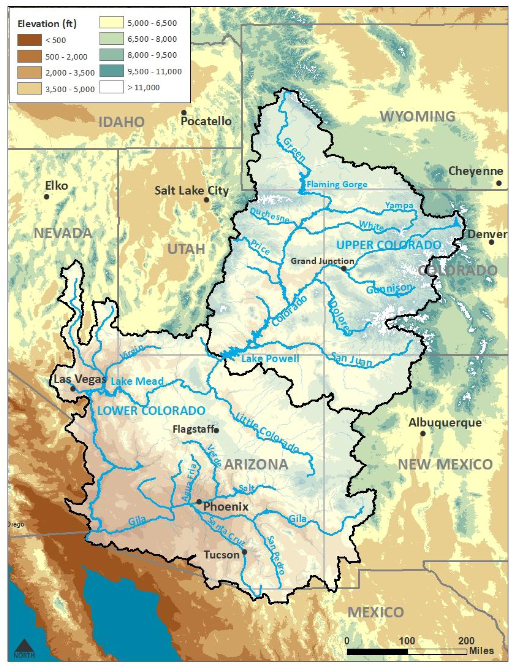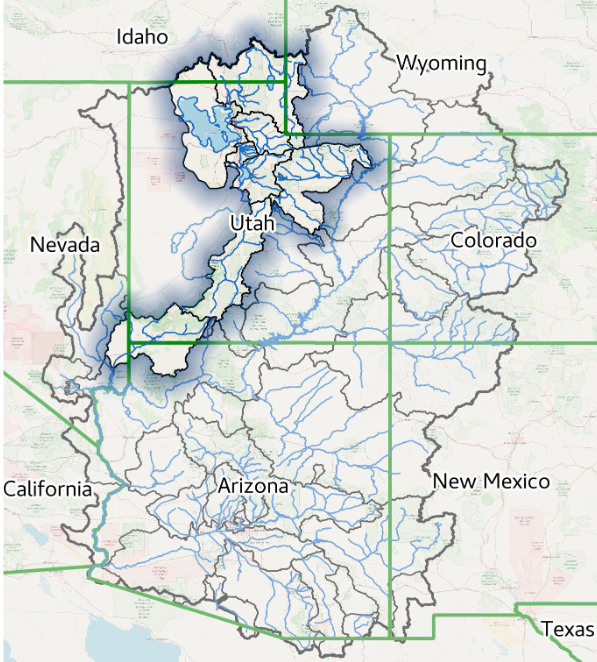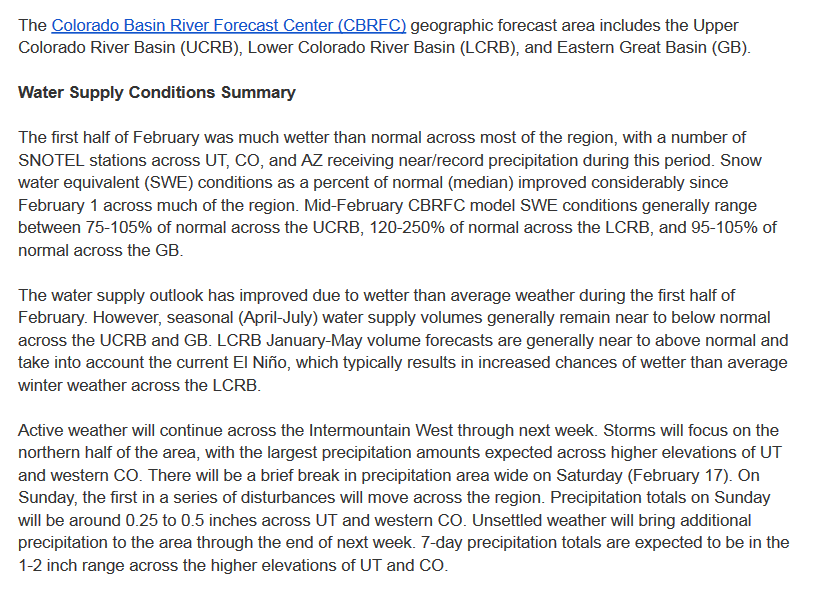Short Range Forecast Discussion
NWS Weather Prediction Center College Park MD
Tue Feb 27 2024
Valid 12Z Tue Feb 27 2024 – 12Z Thu Feb 29 2024
…Heavy snow returns over parts of the Cascades, the Northern
Intermountain Region, and Northern Rockies on Wednesday…
…Heavy snow over parts of the Upper Mississippi Valley and moderate to
heavy snow over the Cascades to Central Rockies on Tuesday…
…Light to moderate snow over the Great Lakes, Central Appalachians, and
Northeast on Wednesday…
…There is a Slight Risk of severe thunderstorms over parts of the Ohio
Valley/Great Lakes on Tuesday…
A strong winter storm and cold front will continue to progress through the
West, reaching the Central Rockies on Tuesday. Furthermore, the storm will
create near-blizzard conditions, resulting in dangerous travel. Snowfall
rates of 1-2 inches per hour will move into the Great Basin and Central
Rockies on Tuesday. These snow rates combined with winds gusting 50-65 mph
will produce near-blizzard conditions with significantly reduced
visibility and snow-covered roads leading to dangerous travel. Further,
significant snow accumulations will occur across the Colorado Rockies
southward into the San Juans and Sangre de Cristos; there is a high chance
(greater than 70%) of more than 8 inches of snow in the higher elevations.
In addition, widespread snow squalls are expected to develop along the
path of the cold front from Utah to Wyoming and Colorado on Tuesday. Where
snow squalls occur, intense snow rates will produce rapid drops in
visibility and icing on roadways, resulting in dangerous travel.
In addition, much colder air will move in behind the strong cold front.
Temperatures will fall into the teens and single digits Tuesday morning
throughout the Intermountain West.
Another powerful storm will move over the West, producing a significant
winter storm over the Pacific Northwest late Wednesday into Thursday, as
heavy snow returns to the Northern Cascades and Northern Intermountain
Region.
Meanwhile, on Tuesday, a front extending from the Upper Great Lakes to the
Central Rockies will create heavy snow over parts of the Upper Mississippi
Valley and moderate to heavy snow over the Upper Great Lakes. Ahead of the
front, southerly wind will bring warm temperatures of 15 to 30 degrees
above average to the Southern Plains to the Great Lakes. The warm and dry
conditions with gusty winds across the Southern Plains have resulted in an
Elevated Risk of Fire Weather (level 1/3) from the Storm Prediction Center
on Tuesday.
Additionally, moisture from the Western Gulf of Mexico will stream
northward over the Southern Plains, Middle/Lower Mississippi Valley, and
Ohio Valley. The moisture will aid in creating showers and severe
thunderstorms over parts of the Ohio Valley. Therefore, the SPC has issued
a Slight Risk (level 2/5) of severe thunderstorms over parts of the Ohio
Valley, Middle Mississippi Valley, and Great Lakes through Wednesday
morning. The hazards associated with these thunderstorms are frequent
lightning, severe thunderstorm wind gusts, hail, and a few tornadoes.
Further, there is an increased threat of hail two inches or greater over
parts of southwestern Michigan, most of Illinois and Indiana, plus
southeastern Missouri.
Moreover, as the robust front moves across the Great Lakes to the East
Coast, moderate to heavy snow will develop over the Great Lakes into the
Northeast, with light to moderate snow over the Central Appalachians on
Wednesday into Thursday morning. Ahead of the snow, showers and
thunderstorms will develop over parts of the Northeast. The boundary will
also create showers and thunderstorms over parts of the Eastern Ohio
Valley, Central Appalachians, into the Mid-Atlantic and Southeast.
Elsewhere, upper-level energy moving into the Southwest and Southern
Rockies will produce scattered showers and thunderstorms from Wednesday
afternoon into Thursday morning.




